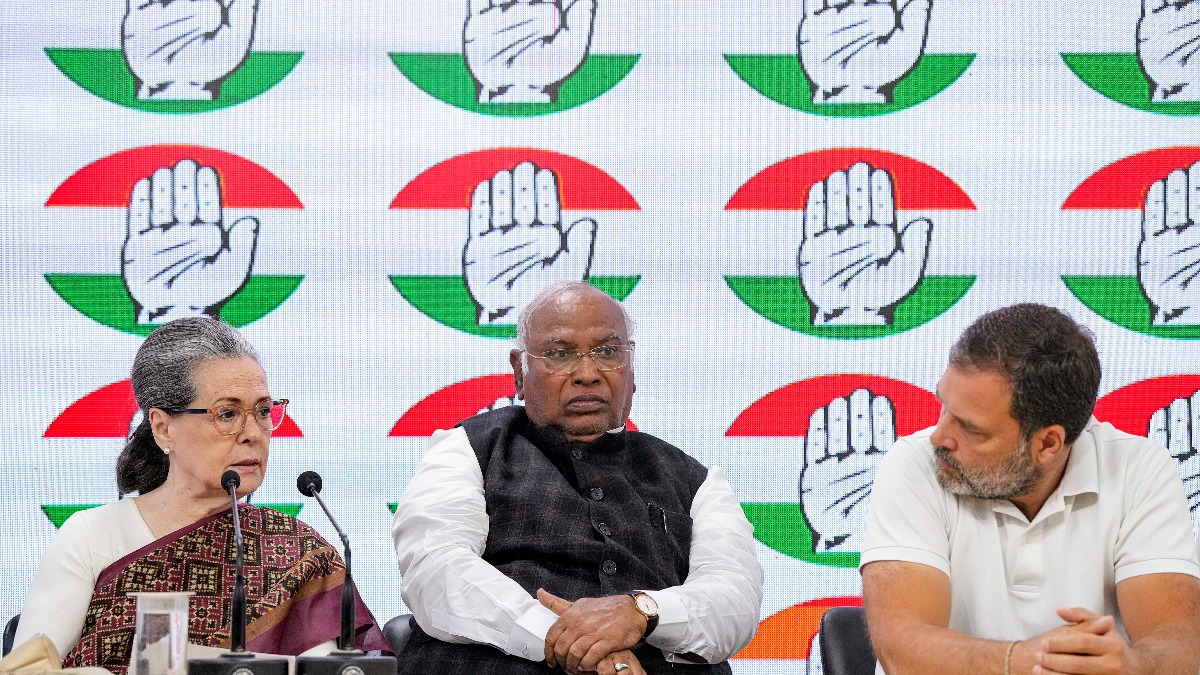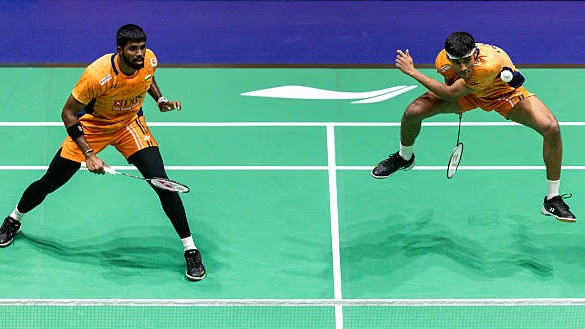The electoral fervor of the Lok Sabha election is at its peak, with campaigning for the first phase concluding. The BJP, under the leadership of Prime Minister Narendra Modi and riding on the hope of a winning hat-trick, has given the rallying cry of 'Over 400 this time.' Congress, leading the opposition's India Block, counts on regional strongholds to halt BJP's victory march. Moreover, Congress's decision to contest fewer seats this election has sparked considerable discourse.
For a party that has helmed the nation for the longest tenure post-independence, this is an unprecedented move by Congress, venturing into the fray in barely 300 constituencies. Congress leaders assert that the party will contest 330 to 340 seats, which still marks the first time it has contested less than 400 seats in its grand old history.
Despite entering a seemingly minor electoral battle with a reduced number of seats, Congress has set a substantial target for itself, hopeful for a greater number of wins. This raises questions, considering they are not even contesting as many seats as BJP's target victory tally. So, what fuels Congress's optimism for more desirable results?
The Coalition Calculus
One of the reasons behind Congress's limited seat participation is the coalition calculus. The states of Uttar Pradesh with 80 seats, Bihar with 40, and Maharashtra with 48 represent a total of 168 Lok Sabha seats alone. Congress, in coalition with Samajwadi Party (SP) in UP, Rashtriya Janata Dal (RJD), Vikassheel Insaan Party (VIP), and Left in Bihar, and with Nationalist Congress Party (NCP - Sharad Pawar) and Shiv Sena (UBT) in Maharashtra, has taken to the field. Out of 168 seats combined in these three states, Congress is contesting only 43. Congress General Secretary (Organization) KC Venugopal stated that the party strategized to contest fewer seats due to the coalition.
Looking back at the previous election in Bihar, Congress and RJD were allies, but VIP and the Left were not part of their alliance. In UP, Congress stood alone, and in Maharashtra, while NCP was with Congress, the undivided Shiv Sena under Uddhav Thackeray was a part of the BJP-led NDA. Even in states like Delhi, Haryana, Rajasthan, Madhya Pradesh, and Gujarat, Congress has shed seats to accommodate allies like SP, Aam Aadmi Party, and BAP. Now, as the coalition has broadened, the effect is evident in the number of seats contested.
What is Congress's Target?
Though Congress is in the running for fewer seats, the ambition is to secure more victories. From the inception of the India Block, there has been a collective stance amongst various leaders and parties to field candidates in regions where they have strength. SP's leader Akhilesh Yadav drew a line in UP, stressing candidature only on winnable seats rather than just counting numbers. In the previous election in UP, Congress competed solo and managed to win only the Raebareli seat. Even Rahul Gandhi, the then-Congress president, couldn't retain Amethi. In both Bihar and Maharashtra, Congress had a meager win of a single seat each.
Thus, Congress faces the challenge of enhancing their seat count in these states. They are aiming to improve their strike rate, the declining trend in their winning percentage, with each passing election. That's why even in UP, Congress was content with the 17 seats allotted by Akhilesh, and in Bihar, they agreed to nine.
Why the High Hopes with Fewer Seats?
Congress's confidence in achieving more with fewer seats is partly inspired by the 2004 election results. Back then, Congress contested 417 seats and ended up forming the government by establishing the United Progressive Alliance (UPA) after the election. Even focusing on UP, the party vote share hovered around 7% in the 2019 Lok Sabha elections. Congress, which had dwindled to a single seat in the 2019 general election, secured only two assembly seats in the 2022 UP elections. Moreover, the one seat they won in 2019 was unchallenged by the SP-BSP alliance at the time.
Congress's aggressive seat acquisitions in the 2020 Bihar elections did not translate to a strong strike rate when compared with Left parties. Party leaders understand that battling over more seats with a 7-8% vote share will not yield dividends unless backed by a buffer vote bank.
Forging alliances with regional power players on their terms is also a strategic move to prevent vote splitting due to anti-incumbency. During the 2019 Lok Sabha elections, BJP received around 37% and the NDA, around 45% of the votes. Comparatively, Congress and the UPA had a vote share of 19.51% and 26%, respectively. Congress believes that by fighting alongside regional chieftains against BJP, they can ensure that anti-incumbency votes do not split and overwhelmingly support the India Block to thwart the NDA's victory chariot.




